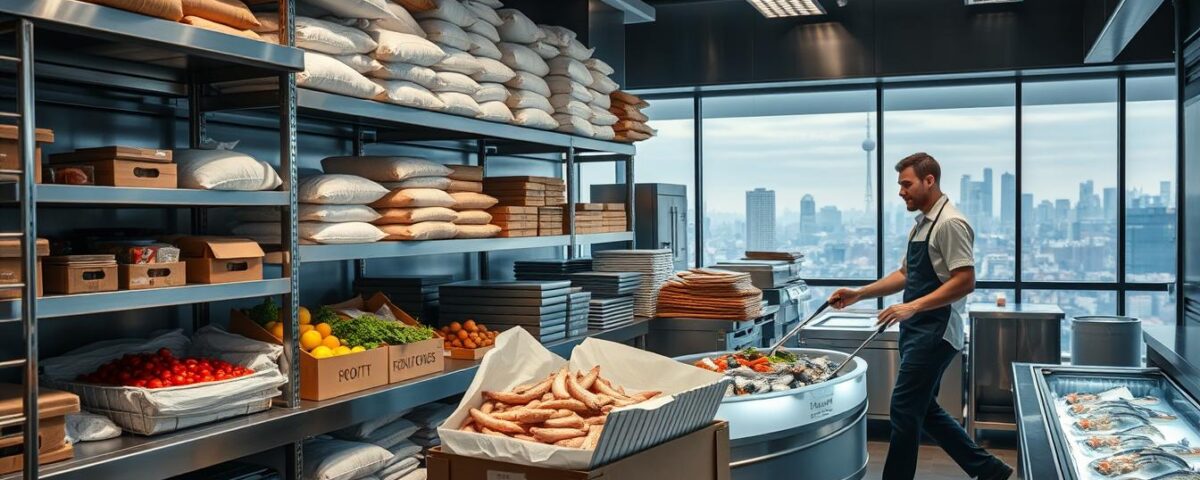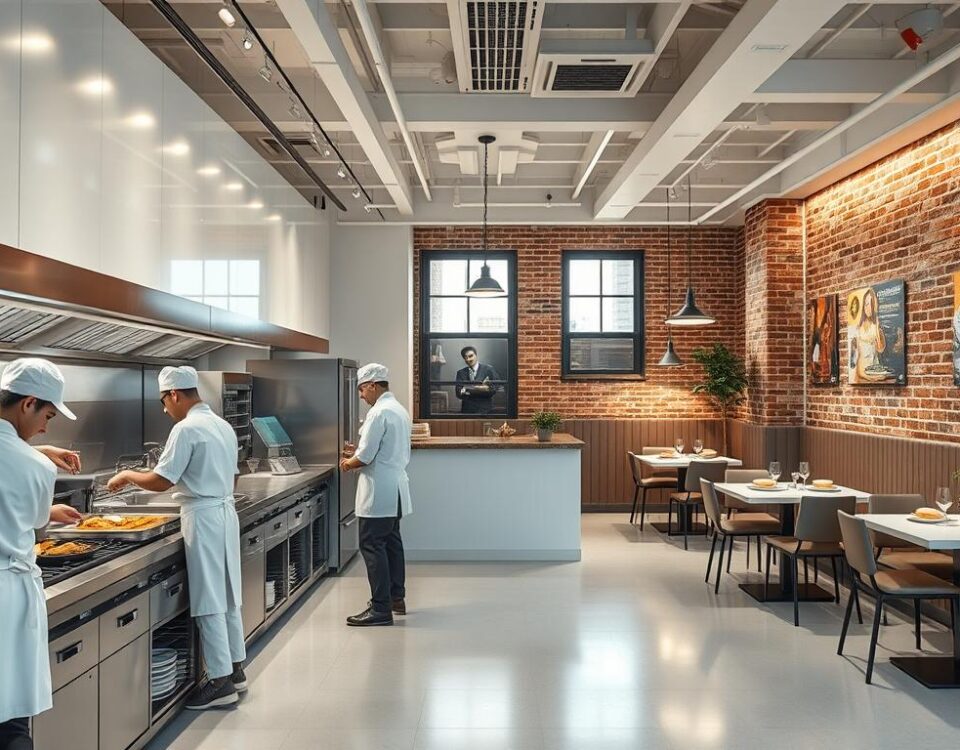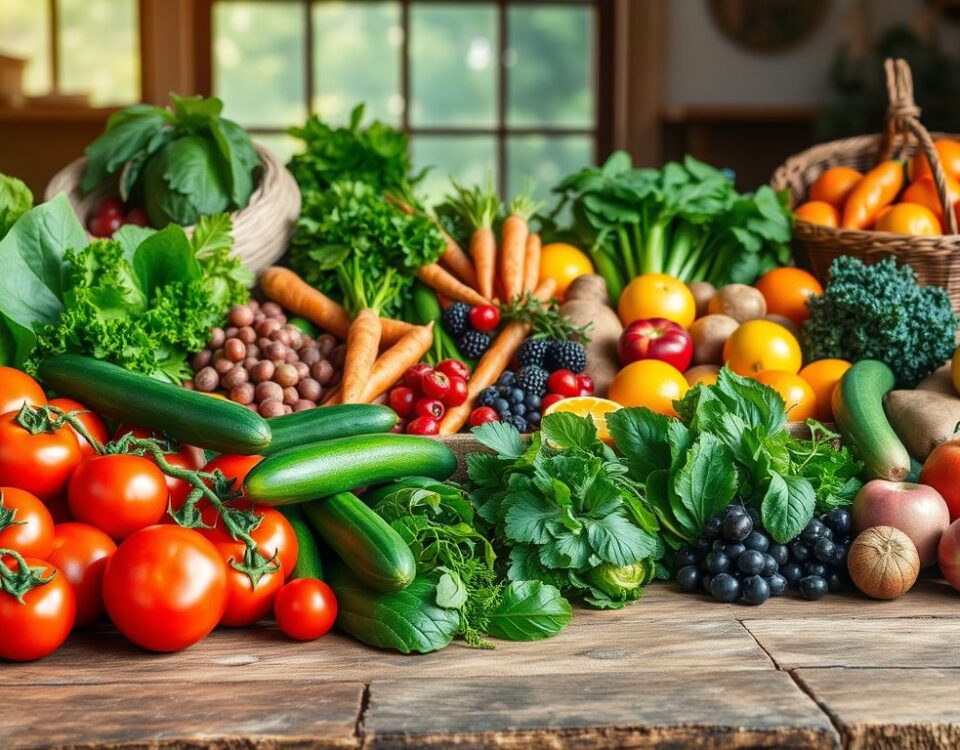
What Most Restaurateurs Overlook When Switching POS Systems
July 30, 2025
6 Hidden Ways SERP Features Can Skyrocket or Sink Your Restaurant’s Traffic
July 31, 2025As a restaurant owner, I’ve learned that the success of my business hinges not just on the quality of my dishes, but also on the reliability of my suppliers. A delayed shipment or subpar ingredients can disrupt my operations and impact customer satisfaction.
Did you know that a significant portion of a restaurant’s budget goes towards food and supplies? In fact, studies show that the average restaurant spends around 30% of its revenue on these essential costs. This highlights the importance of finding the right balance between cost, quality, and service.
This comprehensive guide will walk you through the process of comparing suppliers based on price, service quality, and reliability, ensuring you make informed decisions that benefit your restaurant’s bottom line.
Key Takeaways
- Understand the critical role of suppliers in your restaurant’s success
- Learn how to evaluate suppliers based on key factors
- Discover strategies for comparing suppliers across categories
- Find the right balance between cost, quality, and service
- Make informed decisions to optimize your restaurant’s supply chain
Understanding Your Restaurant’s Specific Supply Needs
Before selecting suppliers, it’s critical to analyze your restaurant’s specific requirements. This foundational step ensures that you can effectively match your needs with the right suppliers, ultimately leading to a more efficient and successful operation.
Identifying Essential Ingredients and Equipment
To understand your supply needs, start by examining your menu and operational requirements. Consider the type of cuisine you’re serving and the ingredients required. For instance, if you’re serving Italian cuisine, you’ll need high-quality pasta and sauces. Similarly, if you’re running a sushi bar, you’ll require sushi-grade fish and specific condiments. Creating a comprehensive inventory of these essential ingredients is crucial. Additionally, identify the kitchen equipment necessary for your cooking techniques and volume of service. This might include commercial ovens, fryers, or specialized equipment like sushi preparation tools.
Assessing Volume Requirements and Frequency
Once you’ve identified your essential ingredients and equipment, the next step is to assess your volume requirements. Analyze your projected sales, seasonal fluctuations, and storage capacity to determine the optimal order quantities. It’s also important to consider the shelf life of your ingredients and the frequency of deliveries needed to maintain freshness without overstocking. By accurately assessing these factors, you can minimize waste and ensure that your restaurant runs smoothly. Prioritizing your supply needs based on factors like menu importance, cost, and availability will help you focus your supplier selection efforts effectively.
Types of Restaurant Suppliers You Should Consider
As a restaurant owner, understanding the diverse range of suppliers available is crucial for maintaining a smooth operation. Your restaurant’s supply chain is the backbone of your business, and choosing the right suppliers can significantly impact your menu quality, customer satisfaction, and ultimately, your bottom line.
Wholesale Food Distributors
Wholesale food distributors are large-scale suppliers that offer a wide range of products, including fresh produce, meat, seafood, dairy, dry goods, and frozen foods. They purchase goods in bulk directly from manufacturers or producers and then distribute them to restaurants, providing convenience through one-stop shopping at competitive prices.
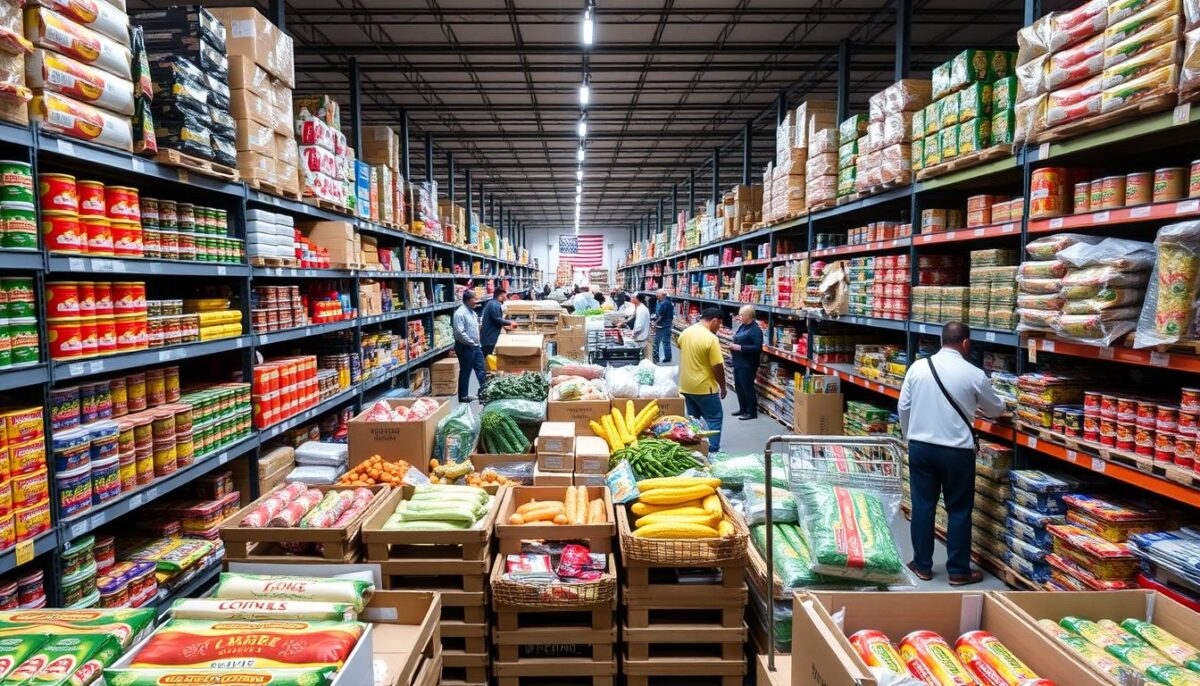
Specialty and Local Food Suppliers
Specialty and local food suppliers provide unique, high-quality ingredients that can help differentiate your restaurant’s menu and appeal to customers seeking locally-sourced options. These suppliers often offer artisanal products that can enhance your menu’s distinctiveness and attract customers looking for exclusive dining experiences.
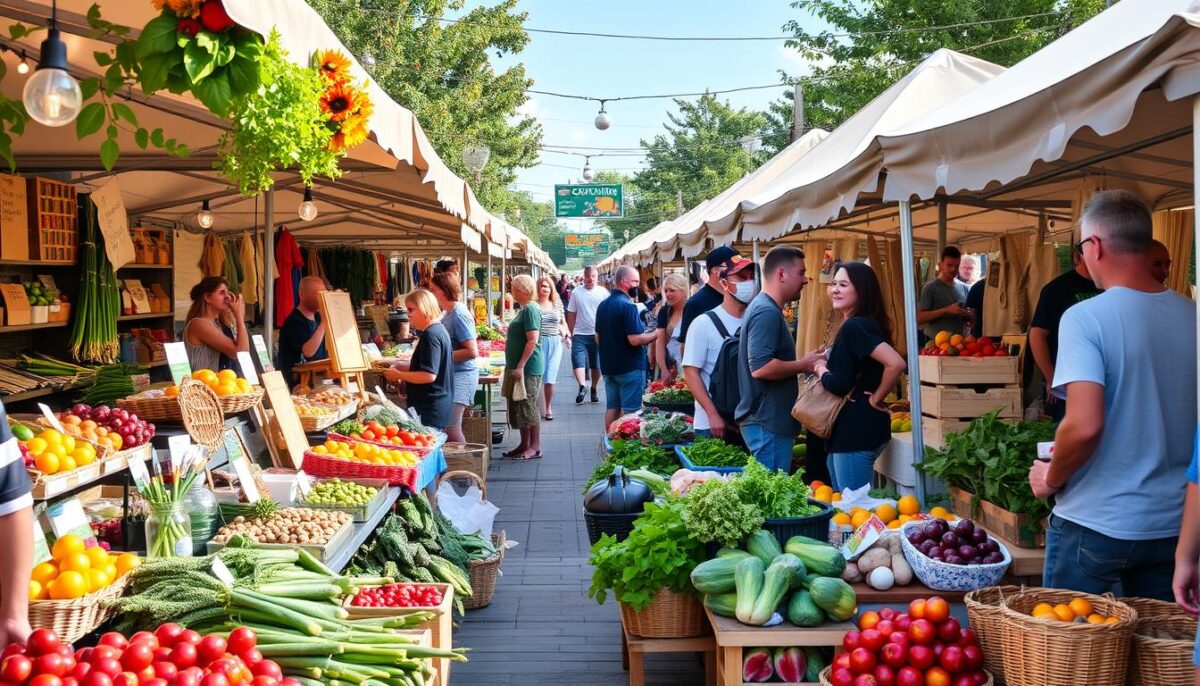
Equipment and Kitchen Supply Vendors
Equipment and kitchen supply vendors are crucial for both initial outfitting and ongoing replacement needs. When selecting these vendors, it’s essential to consider factors such as reliability, warranty services, and technical support to ensure that your kitchen operates efficiently and effectively.
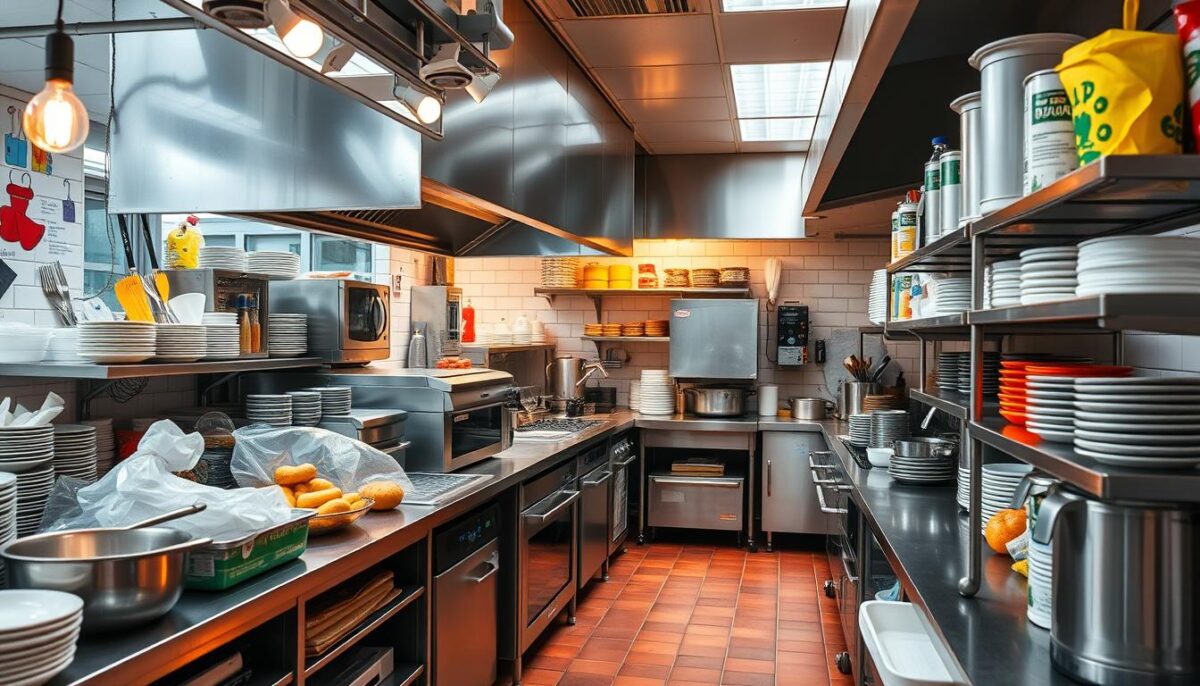
Beverage and Alcohol Suppliers
Beverage and alcohol suppliers, including distributors, craft producers, and specialty importers, play a vital role in providing a diverse range of drinks to restaurants. The selection, pricing structures, and delivery reliability of these suppliers can significantly impact your beverage program and customer satisfaction.
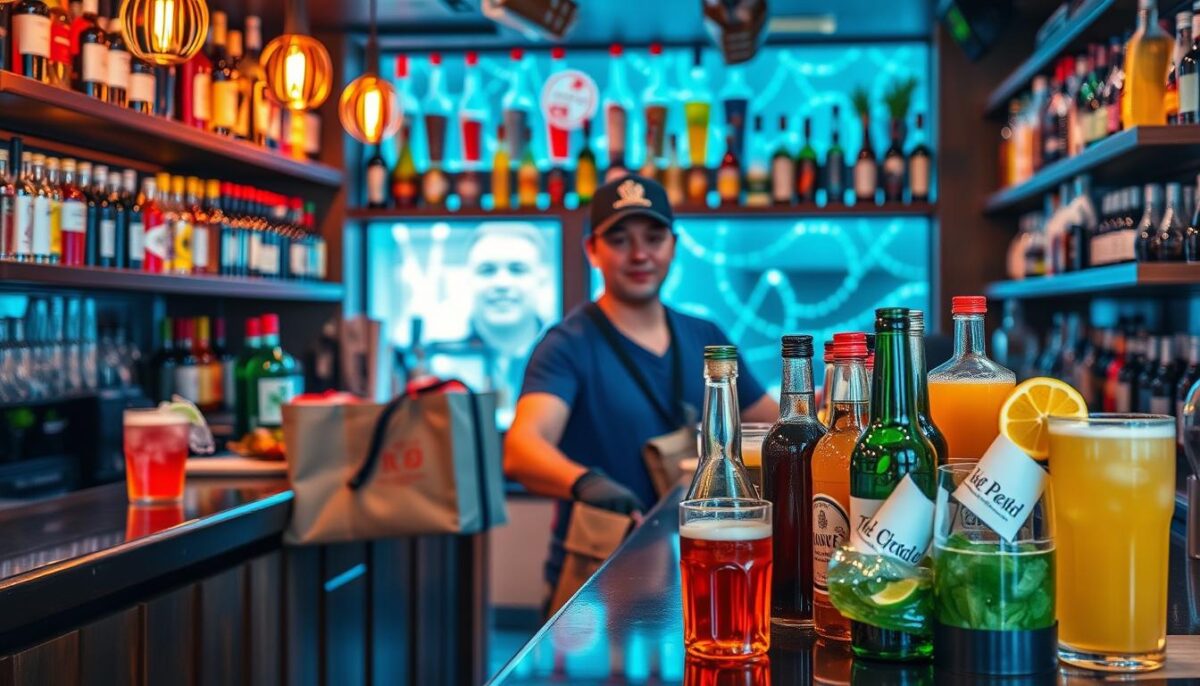
Understanding the different types of restaurant suppliers and their roles in your supply chain is essential for making informed decisions that can benefit your business. By diversifying across multiple suppliers or consolidating with fewer partners, you can optimize your supply chain strategy to meet your restaurant’s specific needs and customer expectations.
Creating Your Restaurant Supplier Comparison Guide
To effectively manage your restaurant’s supply chain, creating a comprehensive supplier comparison guide is essential. This guide will serve as a practical tool for evaluating and selecting the best partners for your restaurant.
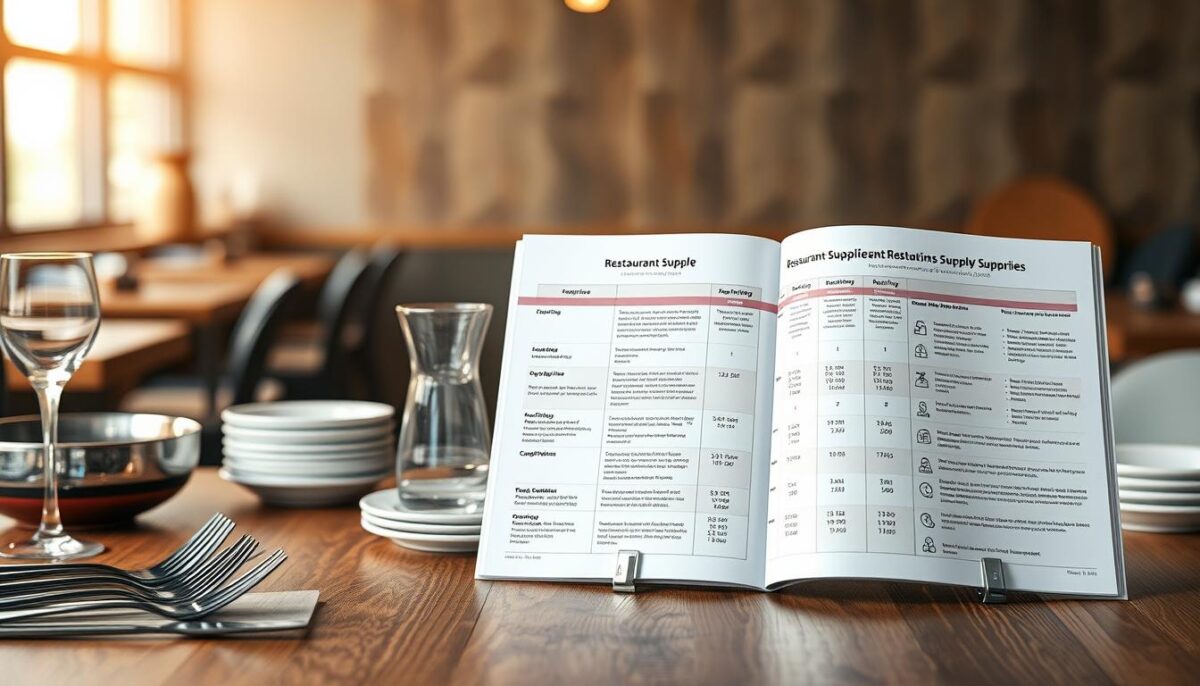
Essential Criteria for Evaluating Suppliers
When evaluating suppliers, several key factors must be considered. Product quality is paramount, as it directly impacts the dining experience you offer. You should also examine the pricing structure, delivery reliability, minimum order requirements, and customer service responsiveness. According to industry experts, “Assessing the quality of products and services is crucial for maintaining high standards in your restaurant.”
This assessment involves visiting supplier facilities, requesting samples, and evaluating their overall service quality.
Developing a Systematic Comparison Method
To compare suppliers effectively, you need a systematic method. This involves developing a weighted scoring system that prioritizes the factors most important to your restaurant. You can then use comparison charts to track and evaluate supplier performance across your key criteria. Gathering information through industry references, online reviews, and trial orders will also inform your comparison process. By documenting your evaluation process, you create institutional knowledge that can be referenced for future supplier decisions.
By following these steps, you can create a robust restaurant supplier comparison guide that helps you make informed decisions and maintain a competitive edge in the market.
Assessing Product Quality and Consistency
A restaurant’s reputation is built on the quality and consistency of its ingredients and services. As a restaurant owner, it’s essential to assess the quality of products from potential suppliers to ensure they meet your establishment’s standards.
Sampling Products Before Commitment
To evaluate the quality of products, I recommend sampling products from potential suppliers before committing to a contract. This involves organizing tastings, conducting blind comparisons, and evaluating products under real kitchen conditions. By doing so, you can ensure that the products meet your restaurant’s quality standards and are consistent with your expectations.
Monitoring Quality Standards Over Time
Once you’ve selected a supplier, it’s crucial to monitor the quality standards of their products over time. This can be achieved through regular quality audits, staff feedback mechanisms, and documentation procedures to track consistency. By maintaining a systematic approach to quality control, you can ensure that your restaurant continues to serve high-quality dishes that meet customer expectations.
| Quality Control Measures | Description | Benefits |
|---|---|---|
| Regular Quality Audits | Conducting regular checks on product quality | Ensures consistency and high-quality products |
| Staff Feedback Mechanisms | Encouraging staff to provide feedback on product quality | Helps identify potential quality issues early |
| Documentation Procedures | Maintaining records of product quality and supplier performance | Facilitates tracking and improvement of quality standards |
By implementing these measures, restaurants can maintain high-quality products and consistent supply, ultimately enhancing customer satisfaction and loyalty.
“The difference between a successful restaurant and an unsuccessful one often lies in the quality and consistency of its ingredients and services.”
Price Comparison Strategies for Restaurant Owners
In the quest to optimize restaurant operations, price comparison strategies play a pivotal role. As a restaurant owner, it’s essential to look beyond the simple per-unit cost to understand the true total cost of ownership when evaluating suppliers.
Understanding Market Rates and Pricing Structures
To effectively compare prices, it’s crucial to research and understand current market rates for key ingredients and supplies. This includes being aware of seasonal fluctuations, commodity pricing factors, and regional variations that affect pricing. Suppliers use various pricing structures, such as cost-plus models or tiered pricing systems, which can significantly impact your costs.
Bulk Purchasing and Volume Discounts
Leveraging bulk purchasing and volume discounts can lead to significant savings. However, it’s vital to calculate whether minimum order quantities actually translate to savings for your business. Restaurant owners should assess their storage capabilities and inventory turnover to ensure that bulk purchases are beneficial rather than detrimental.
Hidden Costs to Watch For
When comparing suppliers, many restaurant owners overlook hidden costs such as delivery fees, rush charges, order minimums, payment terms, and return policies. These costs can significantly affect the total cost of working with a supplier. Being aware of these costs can help you make a more informed decision.
By understanding market rates, leveraging bulk purchasing, and being aware of hidden costs, restaurant owners can develop effective price comparison strategies that support their business goals.
Evaluating Supplier Reliability and Service Quality
The success of a restaurant heavily relies on the reliability and service quality of its suppliers. While price is an important consideration, it’s equally crucial to assess whether a supplier can consistently deliver high-quality products on time.

Delivery Consistency and Timeliness
To evaluate a supplier’s delivery consistency, track their on-time delivery rates, order accuracy, and the condition of products upon arrival. A reliable supplier ensures that restaurants receive their orders as expected, allowing them to maintain their service standards.
Customer Service Responsiveness
Assessing a supplier’s customer service involves evaluating their communication channels, availability during operating hours, and the knowledge level of dedicated representatives. Responsive customer service can significantly impact a restaurant’s ability to resolve issues promptly.
Problem Resolution Processes
It’s essential to understand a supplier’s problem resolution processes, including how quickly they address issues, their willingness to take responsibility, and their systems for making things right. Effective problem resolution can mitigate potential disruptions to restaurant operations.
By carefully evaluating these aspects, restaurant owners can make informed decisions about their suppliers, ultimately enhancing their overall service quality and reliability.
Effective Negotiation Tactics with Restaurant Suppliers
Effective negotiation with suppliers is a key strategy for restaurant owners looking to reduce costs without compromising on quality. To achieve this, it’s crucial to understand the market rates for the products you need and be clear about your requirements and expectations.

Leveraging Your Business Value
To negotiate effectively, you must leverage your business value to suppliers. This includes highlighting your order volume, growth potential, prompt payment history, and any brand association benefits. By doing so, you can demonstrate your worth as a customer and potentially secure better deals.
- Highlight your business’s strengths and growth potential.
- Emphasize your prompt payment history to build trust.
- Discuss potential for future orders and partnerships.
Negotiating Beyond Price: Terms and Conditions
Negotiation isn’t just about getting the lowest price; it’s also about securing favorable terms and conditions. This can include payment terms, delivery schedules, and minimum order requirements. By negotiating these aspects, you can improve your cash flow and operational efficiency.
- Negotiate flexible payment terms to manage cash flow.
- Discuss delivery schedules that align with your operational needs.
- Review and adjust minimum order requirements as necessary.
Building Strong Supplier Relationships for Long-Term Success
Building strong relationships with suppliers is crucial for the long-term success of any restaurant business. As a restaurant owner, you benefit from consistent quality and reliable service, while suppliers gain a steady and loyal customer. To achieve this, it’s essential to communicate regularly with your suppliers, keeping them informed about your needs and any changes in your business.
Effective Communication Practices
Effective communication is the foundation of a strong supplier relationship. This includes regular check-ins, feedback mechanisms, and transparency about your business challenges and opportunities. By doing so, you can foster a collaborative environment where both parties can grow and address issues together. For instance, maintaining open lines of communication can help resolve quality issues promptly and improve overall service.
Creating Mutually Beneficial Partnerships
Creating genuine win-win partnerships is vital for long-term success. This involves balancing professional boundaries with personal connections, building rapport with key supplier contacts while maintaining appropriate business relationships. By doing so, you can unlock exclusive opportunities, gain insider information about market trends, and receive priority treatment during product shortages.
By focusing on building strong supplier relationships, you can create a stable and efficient supply chain that supports your restaurant’s growth and success. This, in turn, can lead to improved customer satisfaction and loyalty, ultimately driving your business forward.
Implementing Efficient Inventory and Order Management
The key to a successful restaurant lies in its ability to balance inventory levels with demand, minimizing overstocking and waste. This balance is crucial not only for the financial health of the restaurant but also for its operational efficiency and environmental footprint.
Efficient inventory and order management systems have a direct impact on supplier relationships. By reducing errors and providing accurate usage data, these systems can improve negotiation capabilities. This, in turn, can lead to better terms and conditions with suppliers, ultimately benefiting the restaurant’s bottom line.
Technology Solutions for Tracking Inventory
Utilizing technology is a game-changer for tracking inventory. Options range from simple spreadsheet systems to sophisticated restaurant inventory management software that integrates with supplier ordering platforms. One such software is Toast Tab, which offers comprehensive inventory management features.

These technology solutions help in maintaining optimal inventory levels, reducing waste, and improving the overall efficiency of the restaurant’s operations.
Streamlining the Ordering Process
Streamlining the ordering process is vital for maintaining efficient inventory levels. This can be achieved by implementing standardized order forms, regular order schedules, and designating staff responsibilities for different supplier categories. By doing so, restaurants can ensure that they are always stocked with the necessary supplies without overordering.
Regular inventory audits are also crucial. They help identify discrepancies, reduce theft or waste, and improve the accuracy of the ordering process. This proactive approach to inventory management enables restaurants to make informed decisions about their inventory investments.
Conclusion: Making Informed Supplier Decisions for Your Restaurant
With so many suppliers available, navigating the options to find the best fit for your restaurant can be challenging, but this guide provides a roadmap. Choosing the right restaurant suppliers is critical for running a successful dining establishment. By considering quality, reliability, and value, you can build strong partnerships that support your restaurant’s growth and success.
Finding the right balance between price, quality, and service reliability is an ongoing process that requires regular evaluation and adjustment. Viewing supplier relationships as strategic partnerships that evolve with your business is crucial. The strategies and tools provided in this guide can be adapted to fit restaurants of different sizes and concepts.
Start implementing these comparison strategies immediately, beginning with your most critical or highest-cost supply categories. As the industry continues to evolve, staying adaptable in your supplier management will be key to long-term success.
FAQ
What factors should I consider when evaluating the quality of products from different food distributors?
When assessing product quality, I look for consistency in freshness, taste, and texture. I also consider the origin of the ingredients and whether they meet my menu requirements. Sampling products before committing to a large order helps me ensure the quality meets my standards.
How can I effectively compare prices among various restaurant suppliers?
To compare prices, I first research market rates to understand the average cost of the products I need. I then look for bulk purchasing options and volume discounts that can help reduce my costs. Additionally, I factor in any hidden costs, such as delivery fees or fuel surcharges, to get a clear picture of the total cost.
What are the key elements of a reliable delivery service from a food supplier?
A reliable delivery service is crucial for maintaining a consistent inventory level. I look for suppliers that offer flexible delivery schedules, real-time tracking, and communication about any potential delays. This helps me plan my menu and inventory management more effectively.
How can I negotiate better terms with my suppliers?
To negotiate better terms, I leverage my business value by highlighting my consistent order volume and long-term partnership potential. I also discuss payment terms, delivery schedules, and product pricing to find mutually beneficial agreements.
What are the benefits of building strong relationships with my suppliers?
Building strong relationships with suppliers leads to better customer service, priority access to new products, and more favorable terms. By maintaining open communication and being a reliable customer, I can create win-win partnerships that benefit both my business and the supplier.
How can technology help in managing my inventory and ordering process?
Implementing inventory management software helps me track my stock levels in real-time, automate ordering, and optimize my supply chain. This streamlines my operations, reduces waste, and ensures I have the ingredients and supplies I need when I need them.
